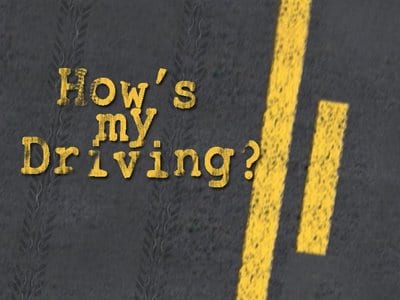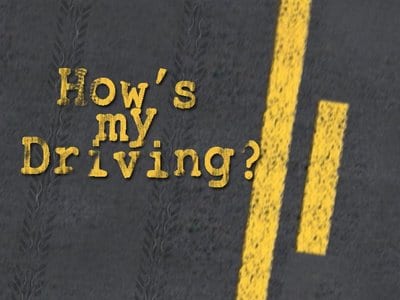 Here’s one core competency of field service organizations that most CEOs don’t pay enough attention to — good driving. Why? For starters, according to government estimates, a single on-the-job vehicle crash can cost employers $16,500. The cost rises to $74,000 in case of injury and $500,000 in case of a fatality. Beyond managing those basic risks, good driving behavior factors significantly into customer service. Here are a handful of SmartVan-recommended best practices when your techs are behind the wheel:
Here’s one core competency of field service organizations that most CEOs don’t pay enough attention to — good driving. Why? For starters, according to government estimates, a single on-the-job vehicle crash can cost employers $16,500. The cost rises to $74,000 in case of injury and $500,000 in case of a fatality. Beyond managing those basic risks, good driving behavior factors significantly into customer service. Here are a handful of SmartVan-recommended best practices when your techs are behind the wheel:
Curb Distracted Driving
Identify At-Risk Drivers: Nipping distracted driving in the bud is the first place to start, says Phil Moser, VP of the Advanced Driver Training Services (ADTS) in Trooper, Penn. Citing a study from the University of Utah, he says talking on a cell phone while driving is equivalent to driving with a 0.08 blood-alcohol level — the DUI limit in most states. Read More.
Don’t Just Write Policy — Enforce It: According to a report from ZoomSafer, 62 percent of companies have policies on distracted driving in place. But only 53 percent enforce compliance. This despite the fact that the National Highway Traffic Safety Board estimates that distracted-driving accidents cost employers $43 billion a year. Read More.
Utilize Fleet Analytics: Talking or texting isn’t just dangerous. In most states now, it’s illegal, too. But according to Drew Hamilton, an executive VP for Teletrac, fleets that use safety monitoring and analyze driver behavior are involved in fewer accidents than unmonitored vehicles. Read More.
Tap into the Latest Tech
Telematics + Insurance = Savings. Telematics technology uses sensors and GPS tracking to produce a report on fleet-wide or individuals’ driving behavior — from fuel efficiency and crash avoidance to gas and braking habits. Now some insurance companies are willing to tailor discounted premiums for fleets that utilize that technology. Read More.
Crash-Avoiding Networks: What if your van could sense the bozo who’s about to blow through a stop sign and hit the brakes for you? That’s the idea behind a year-long study from the University of Michigan to test Vehicle-to-Vehicle computerized networks that can broadcast information about direction, speed, and location — potentially avoiding crashes altogether. Read More.
In-Cab Cameras: Many city buses and taxicabs use in-cab cameras to document driving behavior and act as a witness of sorts in the case of accidents or traffic citations, and to hold drivers accountable. On the other hand, says David Koelsch, an auto fleet manager with NAFA, Inc., these tools may cross the line of drivers’ privacy. Read More.
Park Smart
Beating the Parking Blues: If you’re driving a van with lots of equipment to a downtown office building, it’s not very practical to part two blocks away and haul all your equipment with you. But without a commercial vehicle permit (and maybe a bit of luck), you probably can’t just pull up in front of a building and set up shop. So develop a parking strategy that works for your drives and doesn’t block or annoy others on the road. One tech we spoke with said his company even sends a scout a day early to scope out the cheapest parking garage. Read More.
More: Extreme (and Dirty) Field Service Jobs.
Click here to download a free whitepaper, “Five Steps to Make Field Service Profitable.”


Share this: